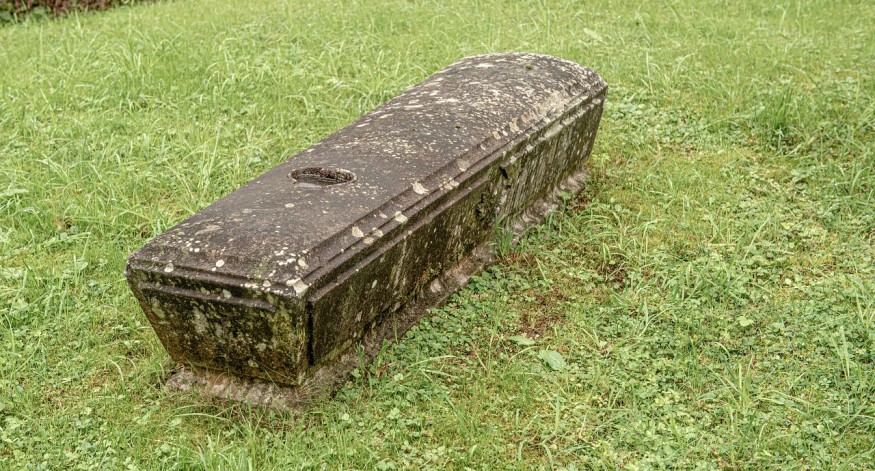
Roughly 1,700 years ago, an elite Roman family was buried using liquid gypsum that was poured over their dead bodies. Noninvasive 3D scans have now revealed what lies inside their peculiar burial nest.
Liquid Gypsum
Live Science reports that gypsum is a key ingredient and mineral used in plaster and cement.
On certain occasions, people from the Roman era utilized the mineral for burials. When the dead were stationed inside their stone or lead coffins, liquid gypsum was splashed over their corpses. Their bodies then solidified and turned into sturdy and protective shells.
After this, the coffins were buried beneath the surface. Most of the contents of the coffins ended up decaying. What gets left behind are plaster casts that have cavities.
Tech Times notes that, though the precise reasons for such rituals remain a mystery, the researchers think that the practice could be linked to people who had elite social standing.
Archaeologists have also found other gypsum burials across Europe and North Africa, which were areas that the Roman Empire had also previously occupied. However, such burials appeared more prevalent during the third and fourth centuries across Britain.
Live Science notes that York and its surrounding region had roughly 50 such burials. This is considered the highest gypsum burial concentration that has been spotted, as Maureen Carroll, the Roman archaeology chair at the University of York, explains.
Archaeologists in York use 3D scans to study Roman burial practice of pouring liquid gypsum over bodies of adults & children in coffins - the first time this cutting-edge technology has been applied to Roman burials of this type anywhere in the worldhttps://t.co/tXMtRPrR9R pic.twitter.com/mN7AyPTBgQ
— Sarah (@Sarah404BC) June 5, 2023
ALSO READ: Archaeologists Unearthed 2,000 Years Old Burial of Aphrodite Cult Priestess [Look]
Peculiar Roman Britain Burial Using Liquid Gypsum
Now, archaeologists from the University of York have used 3D scanning to examine this funerary ritual. Their scans of the specific burial appear unparalleled. Such cavities were found to contain details, with imprints of footwear, clothes, shrouds, and weaving patterns all preserved.
The specific burial under study is thought to belong to a family that died at the same time, roughly 1,700 years ago. Scans showed the contours of an infant wrapped inside bands of cloth and of two adult bodies. Interestingly, the tiny ties that were used for binding the shroud around one of the adults' heads were seen through the scans.
Ms. Carrol explains that the gypsum casing of the Roman family is significant due to how the skeletons and coffin did not get retained after they were found in the 1900s.
She adds that the casing offers more insights compared to the skeleton. She expresses how lucky they are to have the casing that reveals the bodies' exact position and relationship with each other at the exact moment when the liquid gypsum was splashed over the bodies and when the coffin was sealed around 1,700 years ago.
Moving forward, the team is planning to perform 3D scanning on all 16 gypsum burial cavities inside the York Museum. They are hopeful that they will be able to find distinct characteristics, including age, health, sex, and area of origin of the interred.
Check out more news and information on Archaeology in Science Times.












